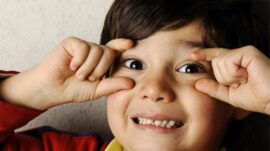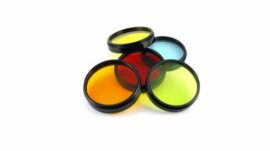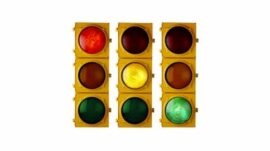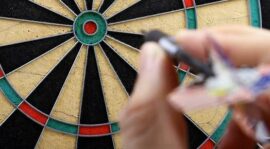Posted by:
Eyes on Rosemont
in Vision Therapy Programs
These exercises are mainly used at home and range from simple head and eye movements to performing more complex activities like throwing a ball or focusing on a stationary object while the head is moving. While moving one’s head and tossing a ball sounds easy enough, they are not simple tasks for persons with sensory […]
Read
More
Posted by:
Eyes on Rosemont
in Vision Therapy Programs
Automated targets with timing mechanisms not only show the optometrist how the eyes move in the beginning of treatment – when eye problems have yet to be fully addressed – by strategically positioning the targets, but they give weak eyes a necessary workout. By moving the eyes around to focus on different targets at different […]
Read
More
Posted by:
Eyes on Rosemont
in Vision Therapy Programs
Computer aided vision therapy consists of a software package designed to enhance eye tracking skills, visual thinking, processing skills and binocular vision skills. Eye teaming, focusing and tracking are not optical in nature, and problems in these areas are the result of poor eye muscles. Specialized software not only trains the eyes to work together, […]
Read
More
Posted by:
Eyes on Rosemont
in Vision Therapy Programs
Contact lenses, or therapeutic lenses, are thin lenses that are placed on the surface of the eye. While some wear them for cosmetic reasons, their primary function is to correct and improve vision problems related to refractive errors, act as a protective layer in patients with eye injuries, reduce discomfort or pain associated with refractive […]
Read
More
Posted by:
Eyes on Rosemont
in Vision Therapy Programs
A prism has the same cross-section across the entire length of its shape. When used in eyeglasses, they often correct abnormalities associated with nearsightedness, farsightedness and double vision. Eyeglasses, or corrective lenses, reduce or increase the size of the image based on the eyes’ ability to see and focus, while prisms fool the brain into […]
Read
More
Posted by:
Eyes on Rosemont
in Vision Therapy Programs
Optical filters carefully transfer light in a specific range of wavelengths or colors while obstructing what remains. These dyed plastic or glass devices are placed in the optical path. They are described by their frequency response, and this identifies how the scale and stage of each frequency component of an incoming signal is altered by […]
Read
More
Posted by:
Eyes on Rosemont
in Vision Therapy Programs
This device integrates all of the senses used for learning. It is one of the basic instruments used for visual-motor training, and helps with direction, rhythm, eye-hand coordination, and work and shape recognition. It consists of an aluminum case with illuminated membrane switches organized along a grid. When the user hits one of the membrane […]
Read
More
Posted by:
Eyes on Rosemont
in Vision Therapy Programs
Rotation trainers consist of a disk – with various designs – that is attached to a rod-like base. As the disk rotates, the patient is asked to perform tasks that are designed to test and enhance eye-hand coordination, space awareness, perceptual awareness and visual acuity.
Read
More
Posted by:
Eyes on Rosemont
in Vision Therapy Programs
This entails a wall-mounted square board with a starburst design. Along the various striations of the starburst are lighted buttons. As the buttons light up, the patient works quickly to see how many of these lit buttons they can push before they go out. The key is to keep the head still. Peripheral vision can […]
Read
More
Posted by:
Eyes on Rosemont
in Vision Problems
Amblyopia, commonly called lazy eye, refers to the improper development or significant loss of vision in an eye. It occurs when the brain does not acknowledge the images seen by the amblyopic eye. Amblyopia Causes Amblyopia occurs when an individual cannot use binocular vision (both eyes working together) due to one of three reasons: Strabismus […]
Read
More










